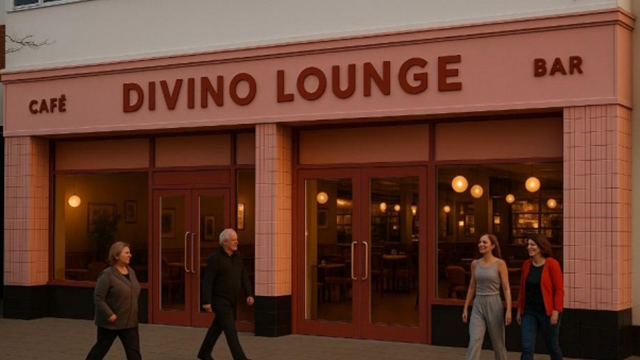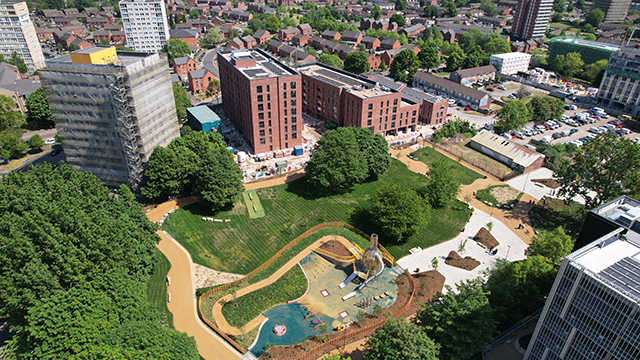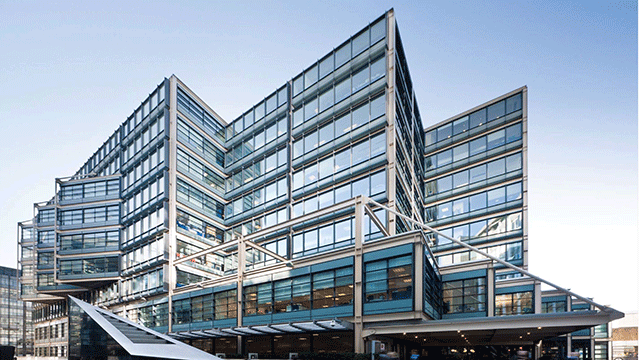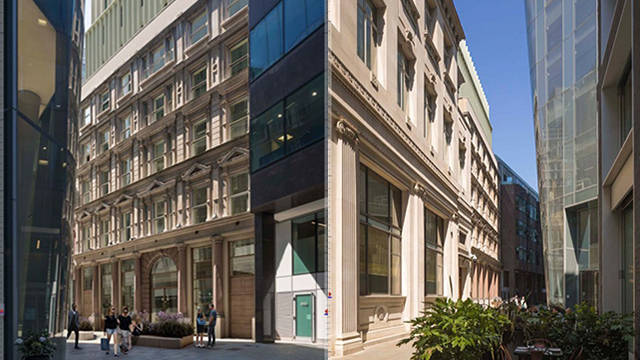COMMENT: During the past year we have seen an exceptional number of well-known high-street names closing stores, or even going out of business: from Poundworld, Toys R Us and Maplin to M&S and House of Fraser, writes Mark Prisk MP. Restaurant chains such as Jamie’s Kitchen, Carluccio’s and Prezzo are also closing dozens of outlets.
These closures are bad for employees, with roughly 35,000 jobs threatened in retailing alone. Locally, the loss of major stores will have an inevitable knock-on effect, undermining the viability of many of their smaller neighbours. The risk is the contagion spreads.
Landlords have two reasons for concern. First, those directly affected are going to struggle to relet these larger shops. Some locations will cope, but many others will not. Second, the increasing use of company voluntary agreements by restaurateurs and retailers is providing a way for some companies to get out of lease agreements. The abuse of CVAs needs to be addressed, but in this context it’s a symptom of the deeper issue.
Our high streets are struggling to cope with changing consumer markets and rising costs. First, several years of squeezed disposable incomes has held back consumer spending. Second, the costs of bricks-and-mortar outlets are rising inexorably, including rent, business rates and employment costs. Third, online outlets are able to offer hard-pressed consumers significant savings and convenience. The net result is that online outlets represent roughly 30% of many non-food sales.
Let’s reinvent town centres
All this points to the need for town centres to reinvent themselves. We need to stop thinking that the retailing of goods is the raison d’être of the centre of our towns. We need to enable these streets to respond to changing consumer behaviour. Equally, we need to realise there is no single transferable model that works everywhere.
Most retailers have known this for some years and many have already restructured their businesses to reflect their customers’ needs. Some councils have also responded, making their town centres adaptable and attractive. Yet too many still think this is a cyclical problem and that every current shop must be kept for retailing. They are focused on reacting to individual shop closures, when what’s is needed is action to enable our towns to change.
Where people want to meet
That demands a planning, regulatory and taxation framework that enables town centres to attract people. That means letting the core retail area resize to a sustainable scale, while welcoming complementary activities in hospitality, entertainment and services such as healthcare. Town centres will survive if people want to meet there.
So, planning regulations, including use class orders, need completely rewriting. Indeed, some may argue that in town centres consumer-facing premises should be free to adapt their use, subject only to public safety and environmental impact controls. In short, stop regulating “use” and focus on the wider public realm. It’s why parking policy remains such a hot political potato locally.
More homes
Around this central area, planning and tax policies should encourage secondary streets to revert to their original role of providing housing. This would help bring people back into the town centre, improving footfall and reducing the impact on edge-of-town sites, including the green belt.
Many landlords and developers will require help to make the investments needed to adapt and convert these buildings and streets. National and local tax policy will need to encourage investment, notably for smaller landlords who often lack the capital to make the necessary conversions.
Building up
Government could also use its planning powers to help with this. Many of our town centre buildings are two storeys tall. If the planning system permitted them to double this to four or five storeys, it would create a sufficient incentive to encourage many landlords to invest in redeveloping their properties.
In the autumn, the House of Commons Housing, Communities and Local Government Select Committee will be conducting an inquiry into what kind of high streets we want in the future. It’s intended to focus on what works, on the positive action needed and already being undertaken. All bright ideas would be most welcome.











